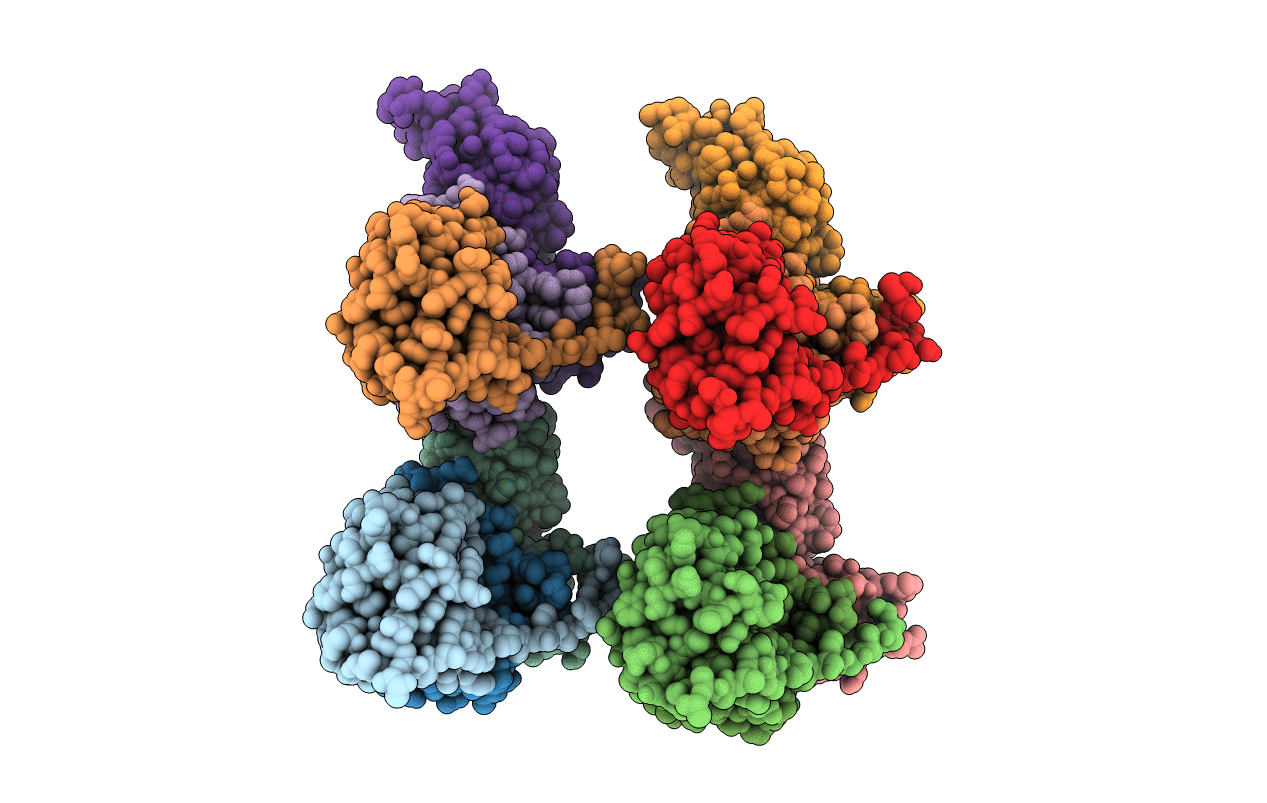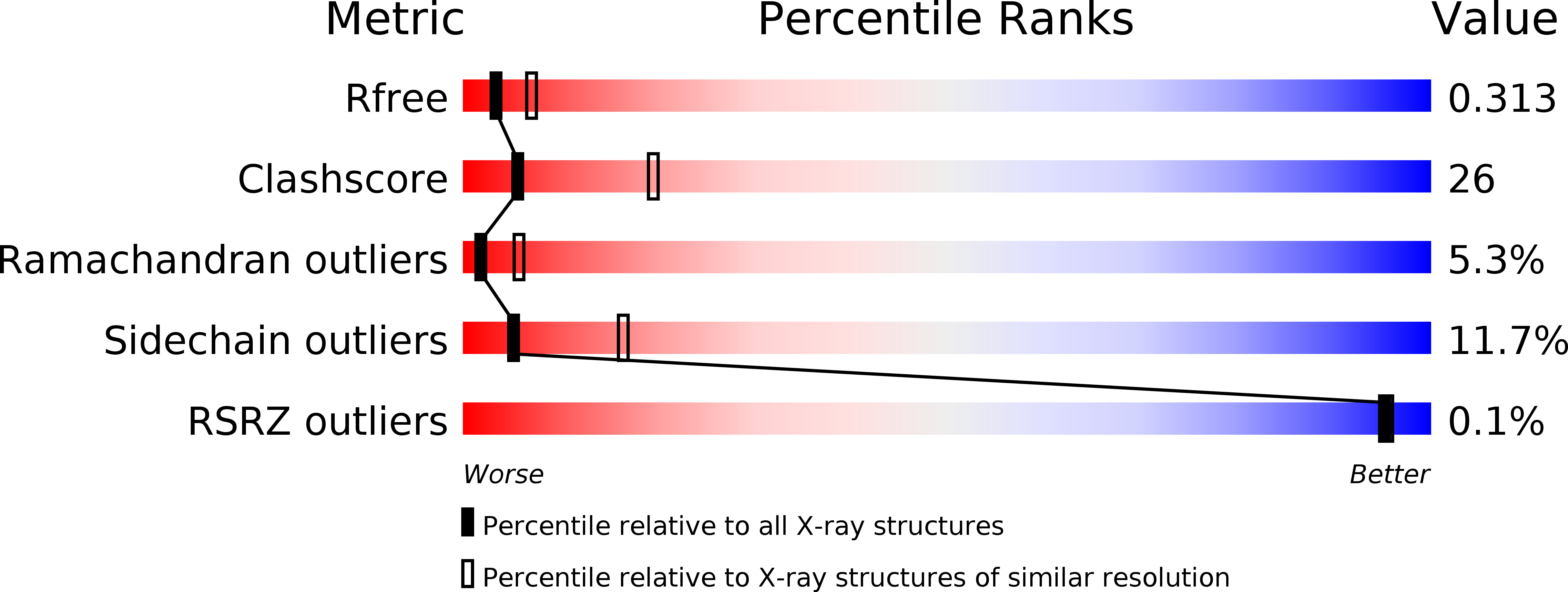
Deposition Date
2011-06-16
Release Date
2012-03-07
Last Version Date
2023-12-20
Method Details:
Experimental Method:
Resolution:
2.80 Å
R-Value Free:
0.32
R-Value Work:
0.22
R-Value Observed:
0.22
Space Group:
P 41 2 2


